Last Updated on September 22, 2020 by Heather Wibbels
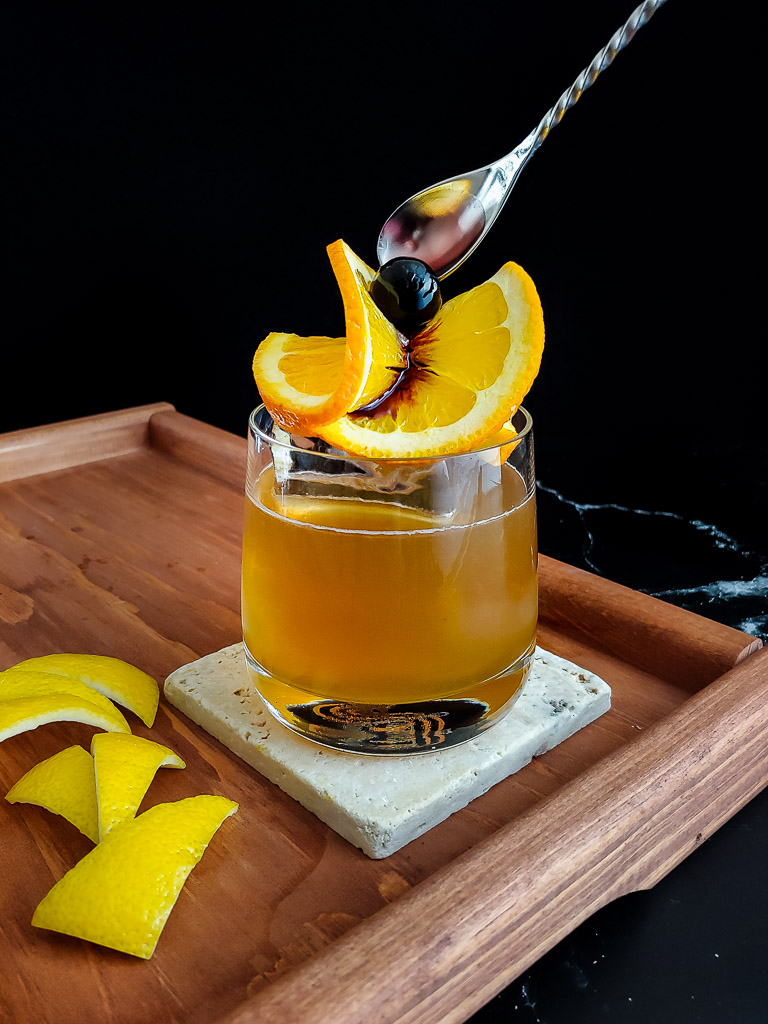
Summer’s not over yet, and as far as I’m concerned, the whiskey sour is always in season. As an iconic cocktail, the whiskey sour meets several cocktail criteria for me: it’s easy to make, doesn’t require difficult ingredients, and is inevitably refreshing when made well. This week I’m focused on sours and as a bourbon girl I’m of course favoring the whiskey sour as my start to the week.
(Post may contain affiliate links.)
While there are endless variations of the whiskey sour, I’m focused this week on the three most well-known: the basic whiskey sour, the egg-white or Boston sour, and the New York sour (with a red-wine float). These three whiskey sour variations in turn lead to hundreds of fantastic riffs by altering the base of just 3 or 4 ingredients.
History of the Whiskey Sour
I’ll be brief, but the sour itself is one of the earliest cocktails. Commonly thought to have derived from punch – considered to be the earliest of all cocktails – it’s a parsed down version of that ratio. Punch generally contained spirit, sour, sweet and weak (tea or other filler beverage). Sours take out the weak and alter the old ratios just a little to get to a great balance of base spirit, sweet and sour.
The first recorded recipe of it is in Jerry Thomas’ The Bartender’s Guide of 1862, but there’s evidence that sailors were the first to drink this sort of sour cocktail.
Fresh water was rare on long voyages and sailors often had a ration of rum each day. To keep the sailors from getting rowdy it was cut with what water they did have. Scurvy, caused by a lack of vitamin C, was rampant on long sea voyages, and one way to keep sailors supplemented with vitamin C was a bit of citrus juice each day.
So each day, the sailors might have a ration of rum and water with some citrus mixed in. A bit of sugar would make it more palatable. Between the rum, the sugar and citrus, you’d have a happy and healthy ship of sailors. Or, you’d at least be able to make it to the next port.
The Whiskey Sour Ratio
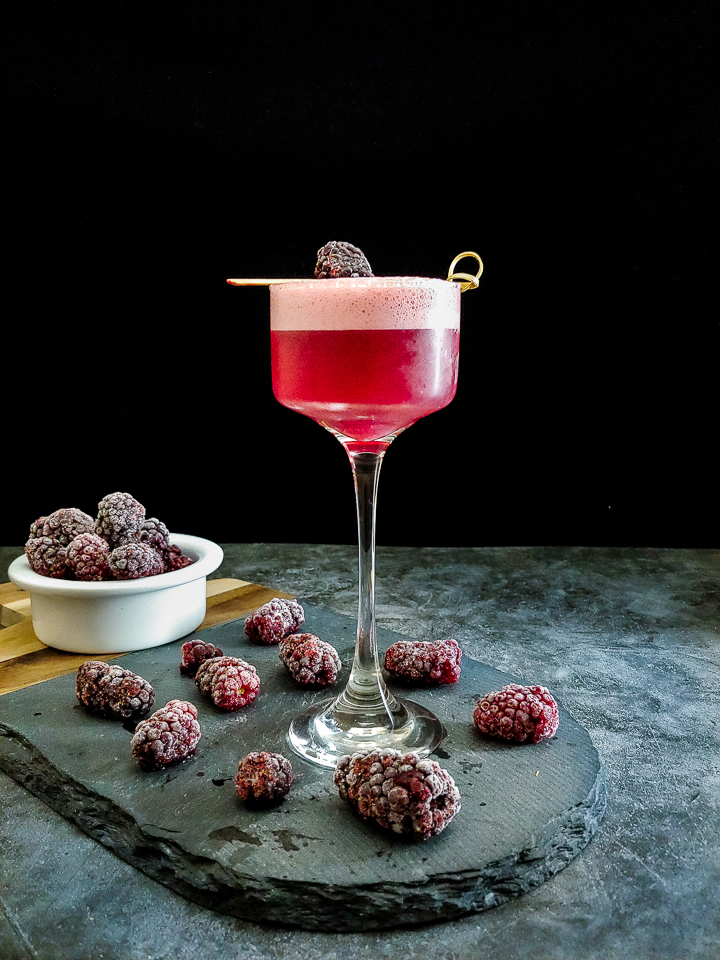
At its heart, the whiskey sour is an easy recipe to remember: two parts spirit, 1 part sour, and 1 part sweet. While those ratios may vary based on the specific sour or sweet you use, the place to start with any sour is 2:1:1.
I’ve found that each drinker has a slightly different preference for the amount of sweet and sour in the cocktail. For myself, I prefer a whiskey sour that tilts more to the sour end of the spectrum than the sweet while my family prefers the sweeter end.
I also love including bitters in my sours, either in the form or dashes of a complementary or contrasting flavor or by adding an amaro to the recipe. Rather than the cocktail being just a scale between the sweet and sour, the addition of bitters makes the flavor profile more interesting and enhances both the sweetness and the sour when the elements are in balance. (If you want to know more about bitters and whiskey, you can read a longer post on all things bitters here.)
The ratios are designed to be adjustable based on your base elements. For example, if you’re working with lime juice instead of lemon, because it is more acidic, you might need to use less lime juice. Or you could increase the ratio of sweetener. On the other hand, using a shrub as the sour instead of lemon might mean a decrease in the sweetener depending on the sourness of the shrub. Because shrubs are often sweeter than straight citrus juice, you’ll need to adjust the ratio to taste taking that into account.
Taste testing sours while making them is highly recommended.
While we’re talking about recommendations. . .
Top Tips to Master the Whiskey Sour
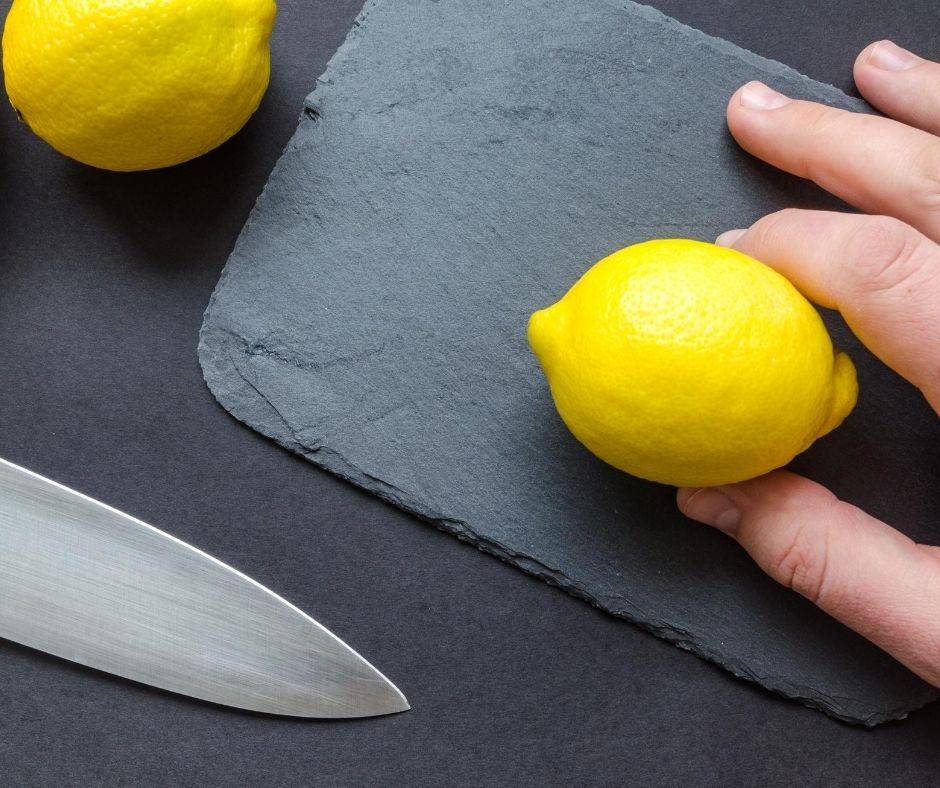
1. Use Fresh Juice
I’ve said it before, and I’ll keep saying it. To improve your cocktails, you must use fresh juice. And for God’s sake don’t use the juice that comes out of those lemon- and lime-shaped bottles at the grocery. It takes seconds to juice a lemon with a hand juicer and unless you’re making 4 or 5 at a time (and over and over again) you should just juice on-demand.
If you’ve got a number of cocktails that will require citrus you can juice a few hours in advance, but citrus juice flavor changes quickly. If you keep it around too long it begins to taste bitter. Fresh citrus juice left overnight can be chancy and become much more bitter. I suggest taste testing.
2. Strain your Juice
I like to strain the lemon or lime juice before it goes into the shaker as it cuts down on the pulpiness of the cocktail. It keeps it clearer and more luminous when you take a picture. And it also means you don’t get small pulpy bits in your teeth as you drink your whiskey sour.
3. Measure All Your Ingredients
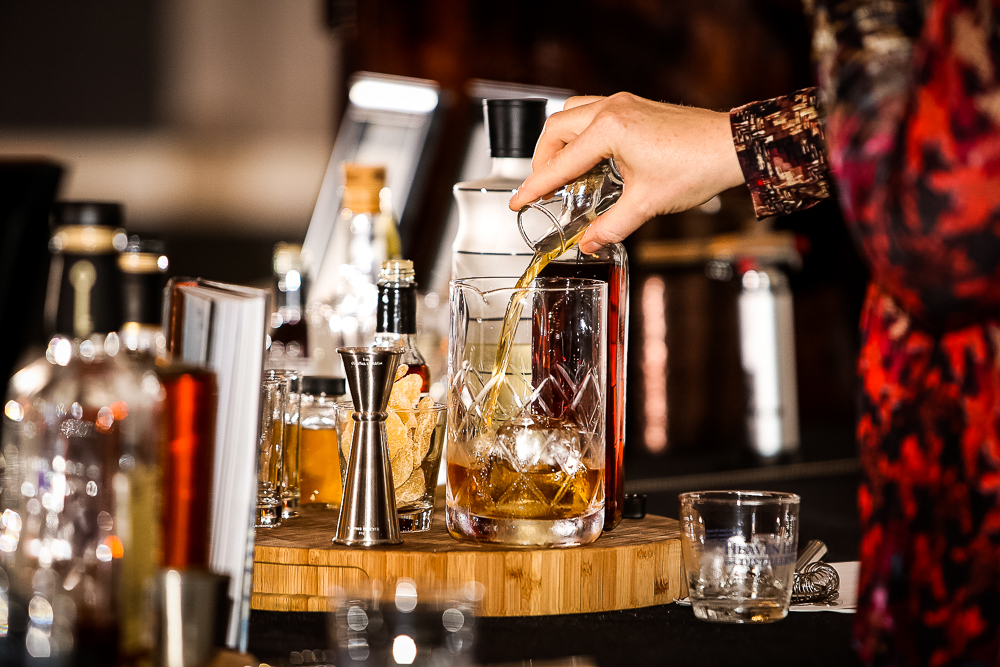
If you want to be able to recreate you cocktails, you want to measure. While it’s easier to just squeeze a half-lemon over the shaker tin, if you want to be able to adjust your cocktail for the next one, you need to know how much citrus juice went in the shaker.
Measure, measure, measure.
4. Shake, Don’t Stir Your Whiskey Sour
When mixing cocktails with juice you want to make sure to shake them rather than stir them. Spirit-forward cocktails which consist only of spirits and sweeteners are find to stir, but once you introduce juices, break out your shaker. This is also the case with any cocktail including egg whites and creams as well.
I’m not sure of the physics or the chemistry but shaking a cocktail with juice brightens up the cocktail. It wakes the juice up and makes it much more vibrant that a stirred cocktail.
5. Taste Test the Balance before you Shake
Take a quick test sip of the cocktail before you add ice to shake it. As you shake the cocktail, ice melts and dilutes the cocktail. Dilution cuts back on the acidity and increases the sweetness, but if the cocktail is overly sour or sweet before you pour, adjust as needed.
If the cocktail is far too tangy (it should be a little too sour because it will sweeten a bit after shaking) add a little more sweetener.
If the cocktail is far to sweet, increase the sour element a bit.
Remember that after dilution the cocktail will be slightly sweeter and a little less sour. Keep that in mind as you evaluate the flavor before shaking.
To Bitters or Not to Bitters
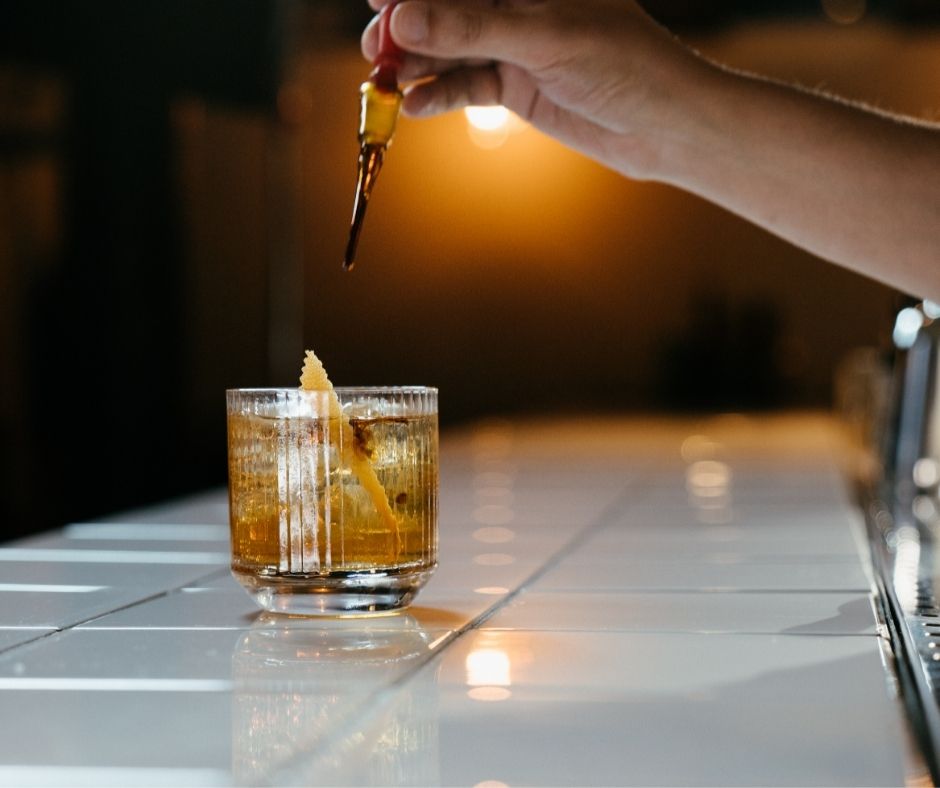
I’m a bitters girl through and through, and wholeheartedly believe the experience of drinking a well-balanced cocktail can be made better with the judicious use of bitters in a cocktail. I add bitters to my cocktails in many cases. Especially if it’s a new cocktail and it tastes as if it’s missing something.
Usually it’s missing balance or the elevation of sweetness or acidity you can adjust with the addition of bitterness.
That being said, if you don’t have bitters, or you prefer your cocktail a little simpler, you can forgo the bitters in this basic cocktail. The sailors in the 1700s and 1800s most likely didn’t have bitters and they enjoyed their sours just fine.
Your Classic Whiskey Sour Recipe
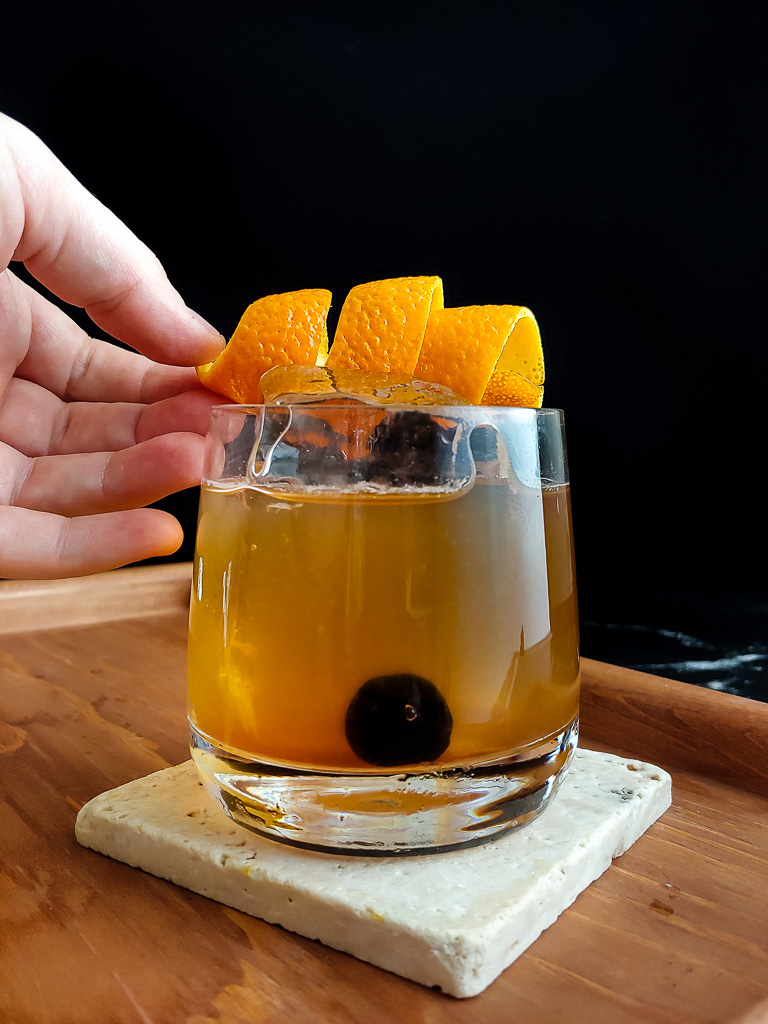
In the next two posts I’ll cover the Boston Sour (and a vegan version – which is what I make) and the New York Sour along with hacks for those two cocktails as well.
By the end of the series, you’ll be well on your way to mastering the whiskey sour.
But for now, here’s the classic whiskey sour recipe for you to start your whiskey sour journey.
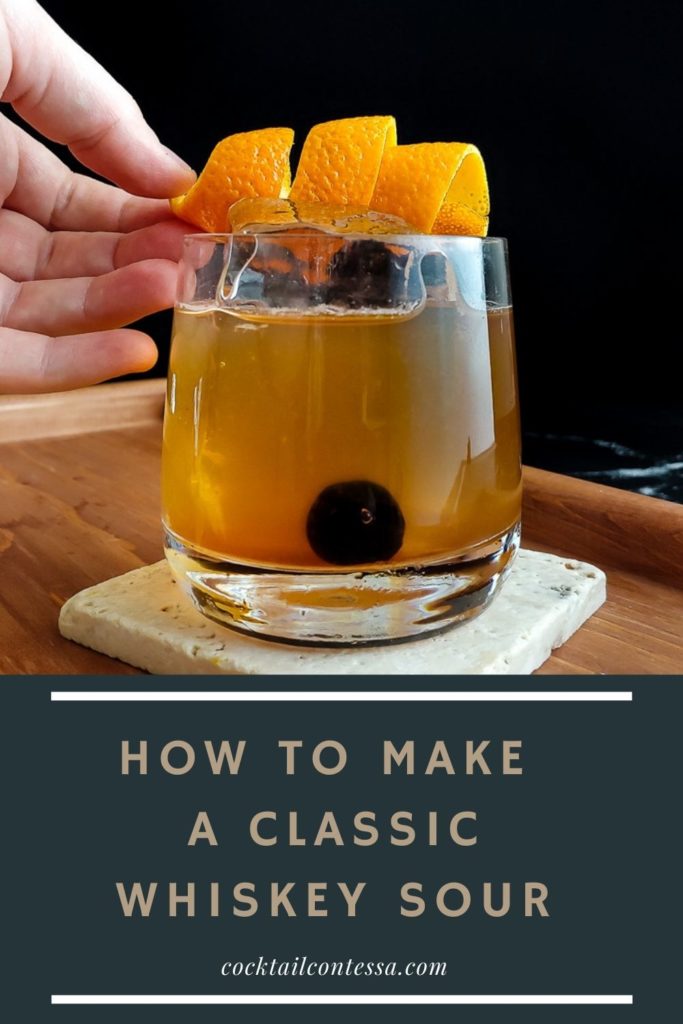
Recommended Bar Tools
You don’t need every slick, beautiful bar tool out there, but there are several I’ll recommend. (As an Amazon Associate I earn from qualifying purchases. However, that does not affect the cost of the items below.) My favorite pieces usually come from the Cocktail Kingdom section of Amazon:
You may already have these bar essentials, but just in case:
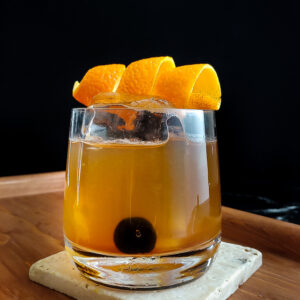
Classic Whiskey Sour
Ingredients
- 2 oz bourbon – 85 to 95 proof
- ¾ oz fresh lemon juice
- ¾ oz simple syrup
- Optional: 2 dashes Angostura or 3 dashes Black Walnut Bitters
- Garnish: orange twist and cocktail cherry
Instructions
- Combine bourbon, lemon juice, simple syrup and bitters in a cocktail shaker. Fill with ice and shake for ten to 20 seconds, or until the outside of the shaker has frosted over. Double strain the cocktail into a rocks glass filled with ice. For a standard garnish, use an orange twist or flag and some quality cocktail cherries.
Thank you for offering the “classic” recipe. All variations are welcome, of course.
Always – I love seeing what other people come up with for their preferred version.
Awesome good. Love bitters. Had no Lemon but did have lime. Good substitute.